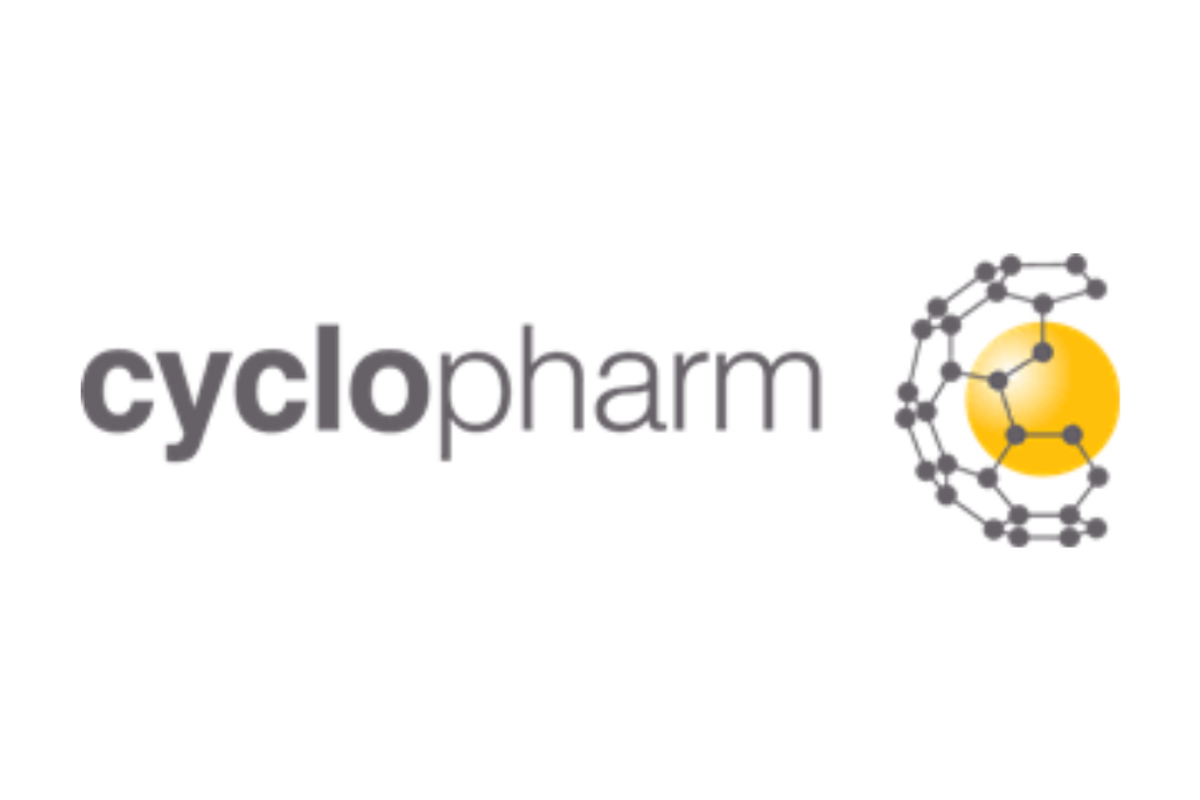Economic Model Based on PRODIGY Trial Data Demonstrates Continuous Pulse Oximetry and Capnography Monitoring of High-Risk Patients May Reduce Hospital Costs by Over $500,000 Annually
Medtronic plc (NYSE:MDT), the global leader in medical technology, today announced the publication of an economic model based on data from the PRODIGY trial (PRediction of Opioid-induced respiratory Depression In patients monitored by capnoGraphY) that demonstrates shorter patient stays and reduced hospital costs associated with continuous pulse oximetry and capnography monitoring for patients receiving opioids on medical-surgical units when compared to intermittent pulse oximetry alone. According to study findings, continuous capnography and pulse oximetry monitoring of high-risk patients who are receiving opioids could result in $535,531 annual hospital cost savings for a median-sized U.S. hospital and a cumulative patient length of stay decrease of 103 days per year, assuming respiratory depression is decreased by 20%.
Pulse oximetry is a simple, noninvasive bedside technology that can accurately measure changes in arterial blood oxygen saturation and pulse rate. Capnography measures exhaled carbon dioxide during the respiration cycle as well as respiratory rate.
Published online in the May 2021 issue of Advances in Therapy , the analysis was based primarily on data from the PRODIGY trial. PRODIGY is a Medtronic-sponsored, prospective observational, multi-center study conducted to quantify the incidence of and identify patients at high risk for opioid-induced respiratory depression (OIRD), a potentially life-threatening form of respiratory compromise (RC) that reduces the patient's drive to breathe.
"Although respiratory depression occurs in 46% of patients receiving opioids on the general care floor, the cost-benefit of capnography and oximetry for continuous monitoring of patients had not yet been examined," said Ashish K. Khanna , M.D., primary study investigator and an associate professor of Anesthesiology, vice-chair for Research, and intensivist at the Wake Forest School of Medicine. "Our findings suggest that compared to intermittent monitoring, investing in continuous monitoring of high-risk patients receiving opioids could reduce the cost burden and length of patient stay while potentially increasing patient safety. Our model suggests that a mere reduction of 1.5% in the incidence of respiratory depression would allow hospital systems to recover costs associated with the investment in monitoring. The expected reduction from deployment of continuous monitoring on hospital floors is way more."
The economic model was designed using a decision tree framework simulating costs and outcomes of continuous Nellcor™ pulse oximetry and Microstream™ capnography monitoring* versus intermittent pulse oximetry monitoring* for patients at high risk, high and intermediate risk, and any risk of respiratory depression based on their PRODIGY score . Patients' PRODIGY score was derived from five independent patient characteristics — age, gender, sleep-disordered breathing, opioid naivety, and chronic heart failure. The model applied the results of the PRODIGY study to a hypothetical median-sized U.S. hospital with 2,447 patients receiving opioids on a medical surgical floor in a given year.
"Respiratory compromise is a common, costly, potentially deadly — and preventable — condition. RC is a leading cause of ICU admissions and is one of the key contributing factors for code blues, 1 , 2 " said Frank Chan , president of the Patient Monitoring business, which is part of the Medical Surgical Portfolio at Medtronic. "Medtronic has a deep-rooted history of discovering, developing, and commercializing transformative treatment options for patients globally. As RC continues to be studied, we are able to analyze these learnings and design innovative solutions to help physicians better care for their patients who may experience OIRD."
Additionally, the primary objective of the PRODIGY trial was to develop and validate a risk stratification tool to assist clinicians in the identification of high risk patients receiving opioids. 3 The PRODIGY risk stratification tool may support the recent updates from The Joint Commission on monitoring of post-operative patients receiving opioids with the requirement of putting in place a mechanism to identify high risk patients. 4
For additional information about the PRODIGY clinical trial, please visit: medtronic.com/prodigy .
About Respiratory Compromise
Respiratory compromise is a potentially life-threatening, progressive condition negatively impacting a person's ability to breathe adequately to maintain oxygenation and carbon dioxide removal. Patients with respiratory depression may experience shallow, slow, or no breathing after opioid administration which undetected can lead to cardiopulmonary arrest and death. 5 This condition is rapidly becoming the third-most costly hospital inpatient expense in the U.S., and dramatically increases the likelihood of adverse patient outcomes and cost of patient care. 6 Not only is respiratory compromise common and dangerous, it has been very difficult to predict. 7 , 8 , 9
About the Patient Monitoring Operating Unit at Medtronic
The Patient Monitoring business at Medtronic is working together with the global healthcare community to solve clinically meaningful problems, with technologies and solutions for blood oxygen management, respiratory compromise, and perioperative complications.
About Medtronic
Medtronic plc ( www.medtronic.com ), headquartered in Dublin, Ireland , is among the world's largest medical technology, services, and solutions companies – alleviating pain, restoring health, and extending life for millions of people around the world. Medtronic employs more than 90,000 people worldwide, serving physicians, hospitals, and patients in more than 150 countries. The company is focused on collaborating with stakeholders around the world to take healthcare Further, Together.
Any forward-looking statements are subject to risks and uncertainties such as those described in Medtronic's periodic reports on file with the Securities and Exchange Commission. Actual results may differ materially from anticipated results.
Pulse oximetry and capnography monitoring systems should not be used as the sole basis for diagnosis or therapy and are intended only as an adjunct in patient assessment.
* Continuous pulse oximetry and capnography device pricing assumptions used list pricing for the following: a Capnostream™ portable respiratory monitor prorated over 7 years; a Microstream™ capnography filterline, and a disposable Nellcor™ pulse oximetry sensor, resulting in $52.73 in device costs per continuously monitored patient stay on a medical surgical floor. For intermittent pulse oximetry monitoring, device pricing consisted of a multiparameter monitor prorated over 7 years and a reusable pulse oximetry sensor, resulting in $0.68 in device costs per patient stay. Additional information on pricing and assumptions are available in the study publication.
1 Schein RM, Hazday N, Pena M, Ruben BH, Sprung CL. Clinical antecedents to in-hospital cardiopulmonary arrest. Chest. 1990; 98(6):1388–1392.
2 Fecho K, Jackson F, Smith F, OverdykF. In-hospital resuscitation: opioids and other factors influencing survival. Ther Clin Risk Manag . 2009;5:961–968.
3 Khanna AK, Bergese S, Jungquist CR, et al. Prediction of opioid-induced respiratory depression on inpatient wards using continuous capnography and oximetry: an international prospective, observational trial. Anesth Analg. 2020;131:1012-1024.
4 https://www.jointcommission.org/standards/standard-faqs/hospital-and-hospital-clinics/leadership-ld/000002161/
5 Morris TA, Gay PC, MacIntyre NR, et al. Respiratory compromise as a new paradigm for the care of vulnerable hospitalized patients. Respir Care. 2017 Apr;62(4):497-512. doi: 10.4187/respcare.05021.
6 Wier LM, Henke R, Friedman B. Diagnostic groups with rapidly iCosts, by payer, 2001-2007: statistical brief #91. Healthcare Cost and Utilization Project (HCUP) Statistical Briefs. Rockville MD ; June 2010 .
7 Belcher AW, Khanna AK, Leung S, et al. Long-acting patient-controlled opioids are not associated with more postoperative hypoxemia than short-acting patient-controlled opioids after noncardiac surgery: a cohort analysis. Anesth Analg. 2016;123(6):1471-9.
8 Khanna AK, Sessler DI, Sun Z, et al. Using the STOP-BANG questionnaire to predict hypoxaemia in patients recovering from noncardiac surgery: a prospective cohort analysis. Brit J Anaesth. 2016;116(5):632-40.
9 Sun Z, Sessler DI, Dalton JE, et al. Postoperative hypoxemia is common and persistent: a prospective blinded observational study. Anesth Analg. 2015;121(3):709-15.
Contacts: | ||
Kira Jastive | Ryan Weispfenning | |
Public Relations | Investor Relations | |
+1-508-452-4238 | +1-763-505-4626 | |
![]() View original content to download multimedia: https://www.prnewswire.com/news-releases/economic-analysis-finds-continuous-monitoring-for-respiratory-depression-may-provide-benefits-to-patients-and-reduce-hospital-costs-301326579.html
View original content to download multimedia: https://www.prnewswire.com/news-releases/economic-analysis-finds-continuous-monitoring-for-respiratory-depression-may-provide-benefits-to-patients-and-reduce-hospital-costs-301326579.html
SOURCE Medtronic plc

![]() View original content to download multimedia: https://www.newswire.ca/en/releases/archive/July2021/07/c1528.html
View original content to download multimedia: https://www.newswire.ca/en/releases/archive/July2021/07/c1528.html







